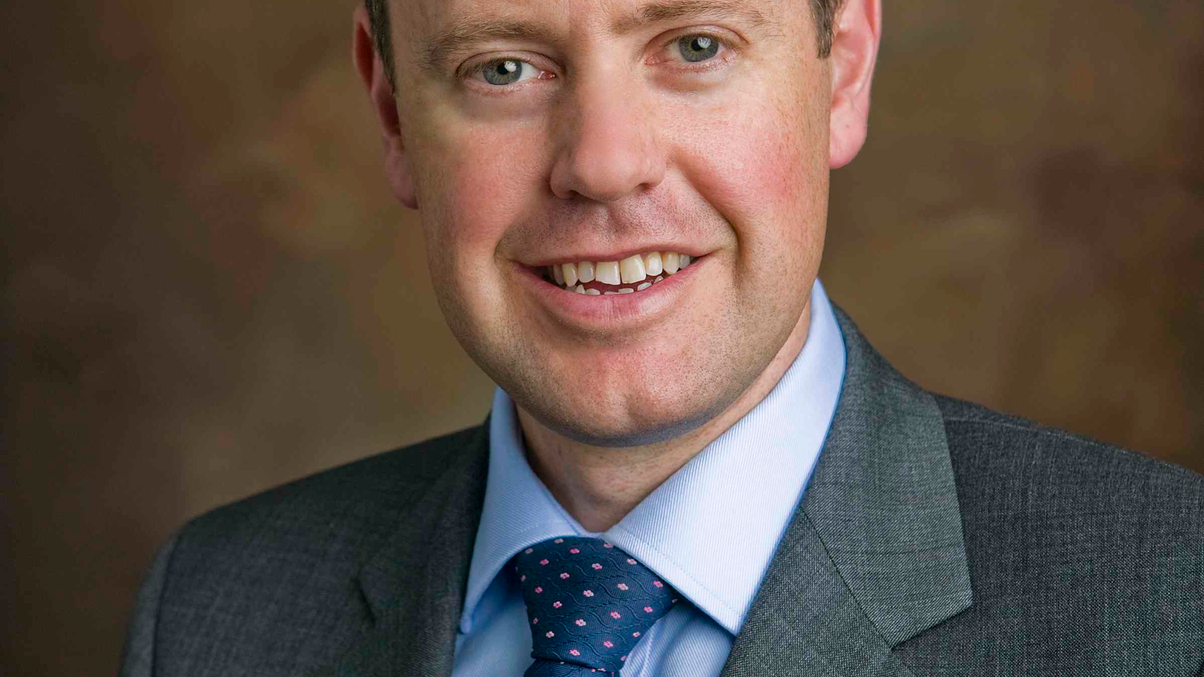Finding value in European high-yield
Mike Della Vedova, head of European high-yield at T. Rowe Price, gives his views on recent developments in Europe's bond markets.

For professional investors only
Sign in to read on!
Registered users get 2 free articles in 30 days.
Subscribers have full unlimited access to AsianInvestor
Not signed up? New users get 2 free articles per month, plus a 7-day unlimited free trial.
¬ Haymarket Media Limited. All rights reserved.


